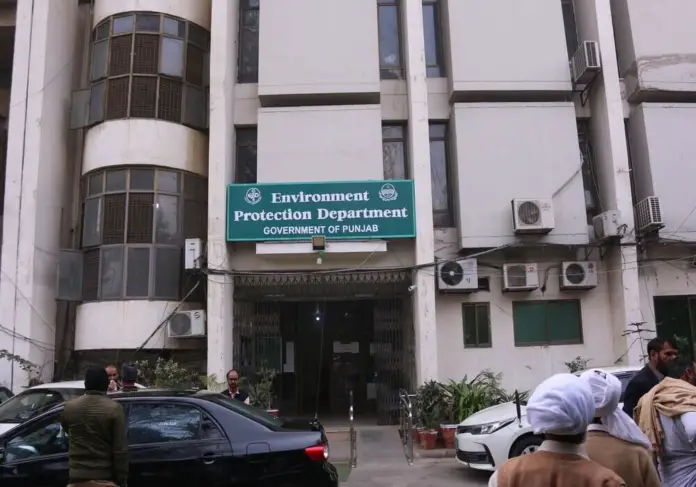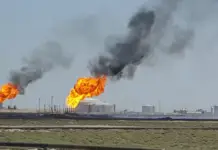After the devastating flash floods, major cities of Pakistan are likely to face another calamity -smog – in the coming days, but amid the situation, the Punjab Environmental Protection Agency (EPA) is reluctant to portray the real picture of air quality. Experts have expressed their concerns over the reluctance of the EPA to monitor and disseminate air quality data of all important pollutants in ambient air.
According to Word Health Organisation, the main sources of urban air pollution are combustion products from motor vehicles, heat and power generation, industrial facilities, municipal waste incineration, residential cooking, heating, and lighting, plus gases and volatile organic compounds (VOCs) from landfills and other sites, which are the major cause of smog in cities. Besides other environmental challenges, the provincial capital has been facing the menace of smog since 2016.
Amid the worsening situation and concerns voiced by several quarters, the Punjab EPA is unable to disseminate the air quality record of all important pollutants in the ambient air. According to daily data released to the media on the air quality index, the EPA is monitoring only sulfur dioxide (SO2) and carbon monoxide (CO).
There are at least nine air pollutants (parameters) in the ambient air that are mandatory to monitor to know the real state of air quality. These parameters include ozone (O3), nitrogen dioxide (NO2), sulfur oxides (SO), sulfur dioxide (SO2), lead (Pb), carbon monoxide (CO), particulate matter 2.5 (PM2.5), and PM 10.
Among the said pollutants, PM2.5 is the most important to monitor in the ambient air which is considerably more dangerous than others for human health.
WWF-Pakistan Chief Executive Officer Hammad Naqi Khan was of the view that if the EPA was not measuring PM2.5 then it was hard to devise any health policy or strategy in wake of smog. Talking to MinuteMirror, he maintained that measuring the nine parameters in ambient air was mandatory, according to the EPA’s Act, and if the AQI was made in absence of any single parameter, it couldn’t be enough to rely on the AQI report.
“Pollution data can provide policymakers with actionable information,” Khan maintained.
It is pertinent to mention here that the EPA had procured six more air quality monitoring stations (AQMS) namely airpainters from a local company Chemtach in 2016 after declaring JICA-donated three AQMSs as expired. Despite having six new stations, the EPA could not measure all the mandatory parameters of a single spot in the province since they were procured.
Environment Protection Department (EPD) Secretary Dr. Naeem Rauf said that the agency was putting in its efforts to prevent the citizens from the menace of smog and that’s why different teams had been lodged in the field to control the smog-causing factors. He informed that the EPD had invited tenders from bidders to procure 30 new air quality monitoring stations but no bidder showed interest. “We have again invited the bidders and hopefully this time the bid will be rewarded,” he said, adding that the already available AQMS had minor defects, which would be fixed soon as the EPD had approached the supplier company.
On a question, Rauf said that due to ongoing anti-smog operations, a significant decrease in air pollution was recorded by the air quality monitors installed by the US Embassy and Urban Unit.







